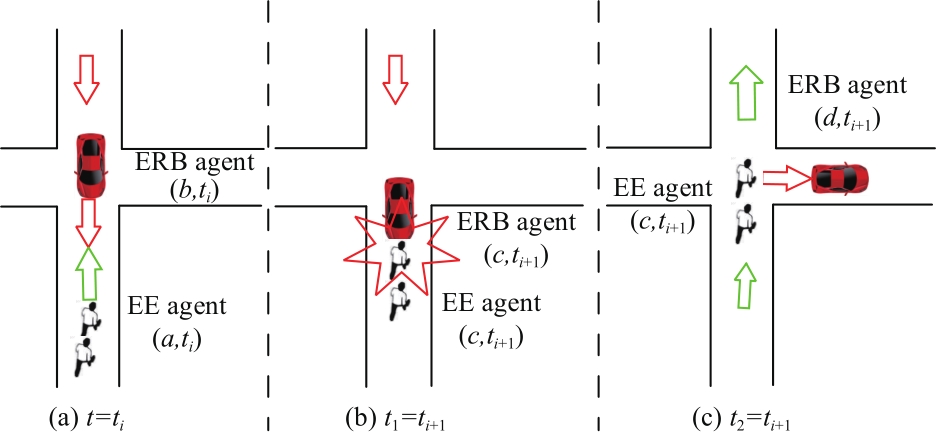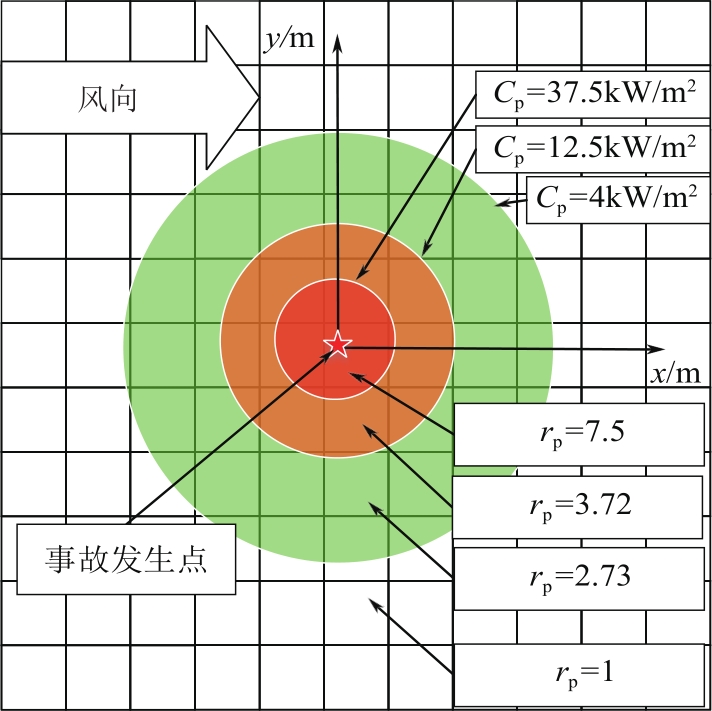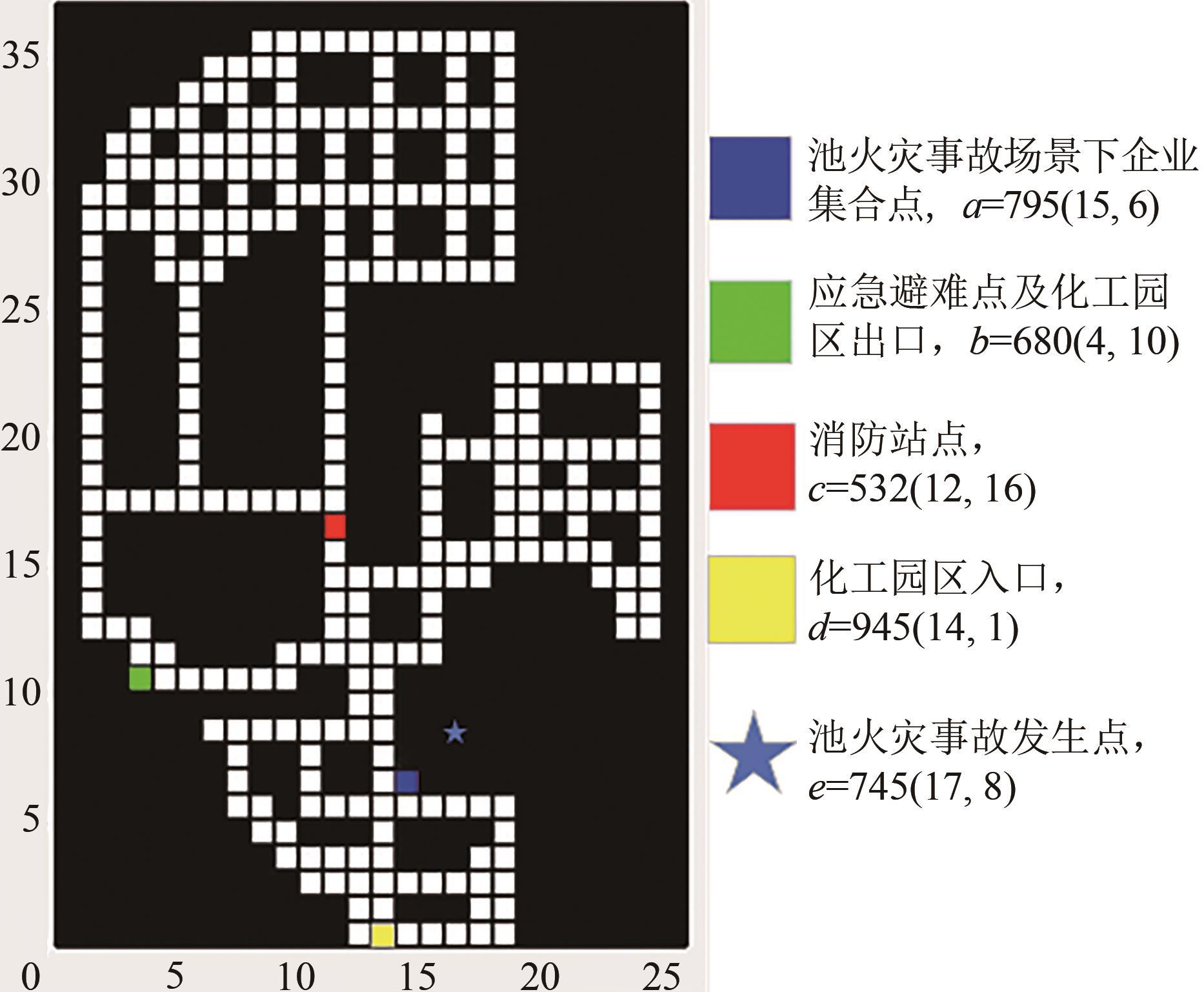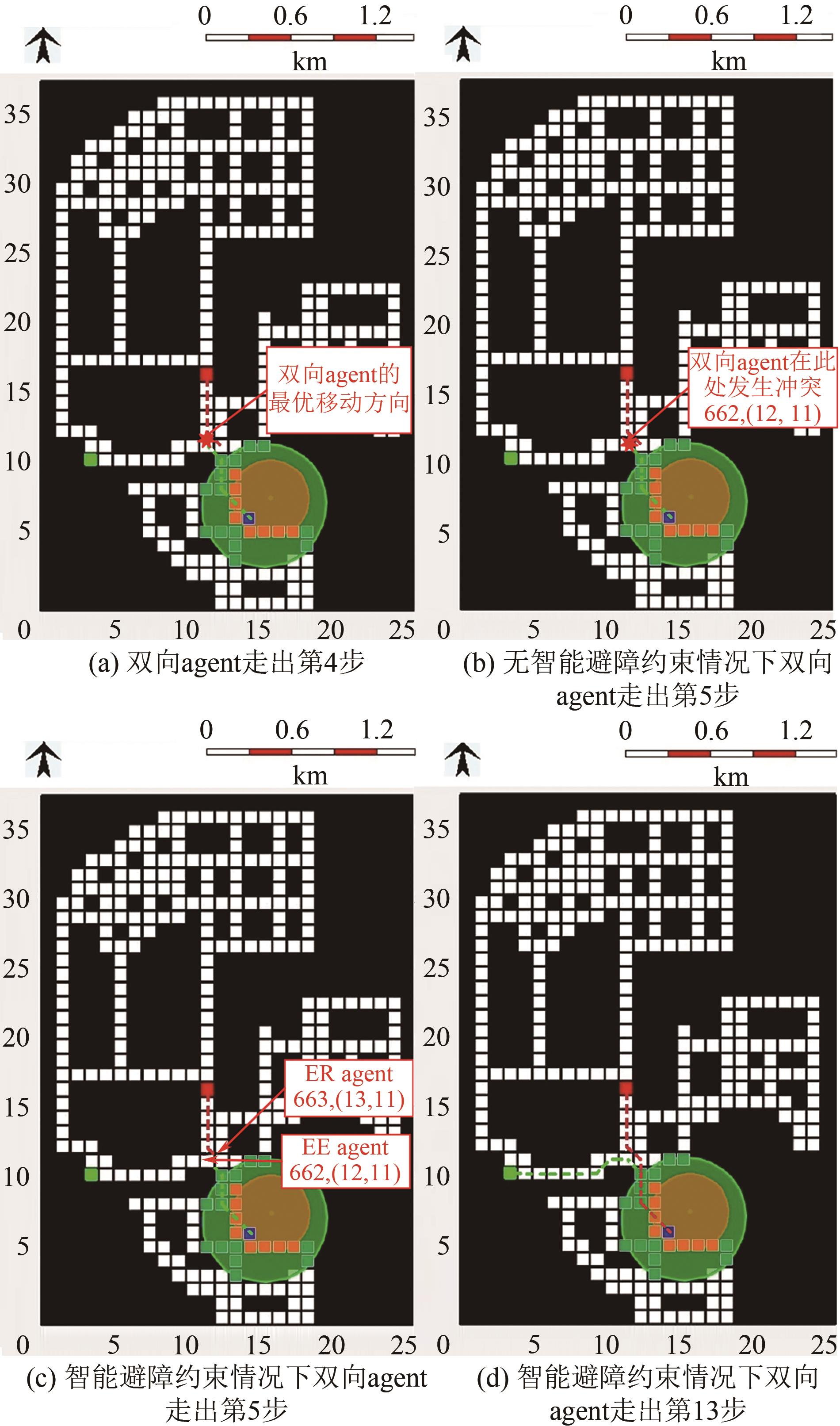| 1 |
中国新闻网. 中海油惠州炼油厂失火 村民撤离中致一死一伤[ER/OL]. [2021-02-04]. .
|
| 2 |
王珍. 风险放大与应急响应——基于天津港爆炸与古雷PX爆炸比较分析[D]. 南京: 南京大学, 2018.
|
|
WANG Zhen. Risk amplification and emergency response: based on the comparison and analysis of Tianjin Harbor explosion and Gulei PX explosion[D]. Nanjing: Nanjing University, 2018.
|
| 3 |
ZHOU Jianfeng, RENIERS Genserik. Probabilistic Petri-net addition enabling decision making depending on situational change: the case of emergency response to fuel tank farm fire[J]. Reliability Engineering & System Safety, 2020, 200: 106880.
|
| 4 |
ZHANG Xinmei, CHEN Guohua. The analysis of domino effect impact probability triggered by fragments[J]. Safety Science, 2009, 47(7): 1026-1032.
|
| 5 |
TZENG Gwo Hshiung, CHENG HsinJung, HUANG Tsung Dow. Multi-objective optimal planning for designing relief delivery systems[J]. Transportation Research E: Logistics and Transportation Review, 2007, 43(6): 673-686.
|
| 6 |
SHEU Jiuh-Biing. Dynamic relief-demand management for emergency logistics operations under large-scale disasters[J]. Transportation Research Part E: Logistics and Transportation Review, 2010, 46(1): 1-17.
|
| 7 |
段在鹏,钱新明,夏登友,等. 基于FCM和CBR-GRA双重检索的应急救援物质需求预测[J]. 东北大学学报(自然科学版), 2016, 37(5): 756-760.
|
|
DUAN Zaipeng, QIAN Xinming, XIA Dengyou, et al. Emergency resources demand forecast based on FCM and CBR-GRA dual search[J]. Journal of Northeastern University Natural Science, 2016, 37(5): 756-760.
|
| 8 |
王昕喆,杨洋洋,谢谚,等. 基于环境风险源分析的石化企业应急物资配备方法[J]. 化工进展, 2019, 38(S1): 270-274.
|
|
WANG Xinzhe, YANG Yangyang, XIE Yan, et al. Petrochemical enterprise emergency materials allocation method based on environmental risk source analysis[J]. Chemical Industry and Engineering Progress, 2019, 38(S1): 270-274.
|
| 9 |
HUANG Xiaoxia, SONG Liying. An emergency logistics distribution routing model for unexpected events[J]. Annals of Operations Research, 2018, 269(1/2): 223-239.
|
| 10 |
WANG Zhiyong, SISI Zlatanova. Safe route determination for first responders in the presence of moving obstacles[J]. IEEE Transactions on Intelligent Transportation Systems, 2020, 21(3): 1044-1053.
|
| 11 |
LIU Bingsheng, SHEU Jiuh-Biing, ZHAO Xue, et al. Decision making on post-disaster rescue routing problems from the rescue efficiency perspective[J]. European Journal of Operational Research, 2020, 286(1): 321-335.
|
| 12 |
BARBAROSOĞLU G, ARDA Y. A two-stage stochastic programming framework for transportation planning in disaster response[J]. The Journal of the Operational Research Society, 2004, 55(1): 43-53.
|
| 13 |
韦金银, 郭琪, 史彬, 等. 考虑时变风险的成品油二次配送路径优化[J]. 化工进展, 2020, 39(4): 1597-1604.
|
|
WEI Jinyin, GUO Qi, SHI Bin, et al. Route optimizing on secondary distribution of refined oil considering time-dependent risk[J]. Chemical Industry and Engineering Progress, 2020, 39(4): 1597-1604.
|
| 14 |
LI Jia, WANG Jinghong, JIN Bowei, et al. Evacuation of nursing home based on massmotion: effect of the distribution of dependent elderly[J]. KSCE Journal of Civil Engineering, 2020, 24(4):1330-1337.
|
| 15 |
MA Yaping, ZHANG Hui. Simulation study on cooperation behaviors and crowd dynamics in pedestrian evacuation[J]. Chinese Physics B, 2020, 29(3): 038901.
|
| 16 |
NA H S, BANERJEE A. Agent-based discrete-event simulation model for no-notice natural disaster evacuation planning[J]. Computers & Industrial Engineering, 2019, 129: 44-55.
|
| 17 |
ZENG Yiping, SONG Weiguo, HUO Feizhou, et al. Modeling evacuation dynamics on stairs by an extended optimal steps model[J]. Simulation Modelling Practice and Theory, 2018, 84: 177-189.
|
| 18 |
HU Yanghui, ZHANG Jun, XIAO Hanyi, et al. Experimental study and analysis on behaviours and strategies of social groups and individuals[J]. Safety Science, 2020, 127: 104736.
|
| 19 |
HELBING D, JOHANSSON A, AL-ABIDEEN H Z. Dynamics of crowd disasters: an empirical study[J]. Physical Review E, 2007, 75(4): 046109.
|
| 20 |
LIU Xiaodong, SONG Weiguo, HUO Feizhou, et al. Experimental study of pedestrian flow in a fire-protection evacuation walk[J]. Procedia Engineering, 2014, 71: 343-349.
|
| 21 |
TAN Guanheng, HE Huan, SLOMAN Aaron. Ant colony system algorithm for real-time globally optimal path planning of mobile robots[J]. Acta Automatica Sinica, 2007, 33(3): 279-285.
|
| 22 |
慕楠, 宋卫国, 霍非舟. 基于优化方法的区域疏散路径规划研究[J]. 火灾科学, 2015, 24(3): 176-184.
|
|
MU Nan, SONG Weiguo, HUO Feizhou. Study of area evacuation paths plan based on optimization methods[J]. Fire Safety Science, 2015, 24(3): 176-184.
|
| 23 |
AL-NABHAN N, AL-ABOODY N, ALIM AL ISLAM A B M. A hybrid IoT-based approach for emergency evacuation[J]. Computer Networks, 2019, 155(22): 87-97.
|
| 24 |
DHALL Aditya, DHASADE Akash, NALWADE Ashwin, et al. A survey on systematic approaches in managing forest fires[J]. Applied Geography, 2020, 121: 102266.
|
| 25 |
Jinkun MEN, JIANG Peng, XU Huan. A chance constrained programming approach for HazMat capacitated vehicle routing problem in type-2 fuzzy environment[J]. Journal of Cleaner Production, 2019, 237:117754.
|
| 26 |
HOU Jie, GAI Wenmei, CHENG Wuyi, et al. Hazardous chemical leakage accidents and emergency evacuation response from 2009 to 2018 in China: a review[J]. Safety Science, 2021,135:105101.
|
| 27 |
XU Ke, GAI Wenmei, SALHI Said. Dynamic emergency route planning for major chemical accidents: models and application[J]. Safety Science, 2021, 135: 105113.
|
| 28 |
CHEN Peizhu, CHEN Guohua, WANG Liangwang, et al. Optimizing emergency rescue and evacuation planning with intelligent obstacle avoidance in a chemical industrial park[J]. Journal of Loss Prevention in the Process Industries, 2018, 56:119-127.
|
| 29 |
FANG Jieshi, Sherif EL-TAWIL, AGUIRRE Benigno. Leader-follower model for agent-based simulation of social collective behavior during egress[J]. Safety Science, 2016, 83: 40-47.
|
| 30 |
刘杰, 闫清东, 马越, 等. 基于蚁群几何优化算法的全局路径规划[J]. 东北大学学报(自然科学版), 2015, 36(7): 923-928.
|
|
LIU Jie, YAN Qingdong, MA Yue, et al. Global path planning based on improved ant colony optimization algorithm for geometry[J]. Journal of Northeastern University (Natural Science), 2015, 36(7): 923-928.
|
| 31 |
钟雨轩, 葛磊, 张鑫, 等. 无人水面艇岛礁海域完全遍历路径规划[J]. 上海大学学报(自然科学版), 2017, 23(1): 17-26.
|
|
ZHONG Yuxuan, GE Lei, ZHANG Xin, et al. Complete coverage path planning of USV used for mapping round island[J]. Journal of Shanghai University (Natural Science Edition), 2017, 23(1): 17-26.
|
| 32 |
BOSCH C J H VAN DEN, WETERINGS R A P M. Methods for the calculation of physical effects-due to release of hazardous materials (liquids and gases)-‘Yellow Book’[M]. 3rd ed. The Hague: Advisory Council on Dangerous Substances, 2005.
|
| 33 |
DNV. Phast8.21 Tutorial Manual[M]. Oslo: Det Norske Veritas, 2020.
|
| 34 |
Jinkun MEN, JIANG Peng, ZHENG Song, et al. A multi-objective emergency rescue facilities location model for catastrophic interlocking chemical accidents in Chemical Parks[J]. IEEE Transactions on Intelligent Transportation Systems, 2020, 21(11): 4749-4761.
|
 ), CHEN Guohua1,2(
), CHEN Guohua1,2( ), MEN Jinkun1,2
), MEN Jinkun1,2








